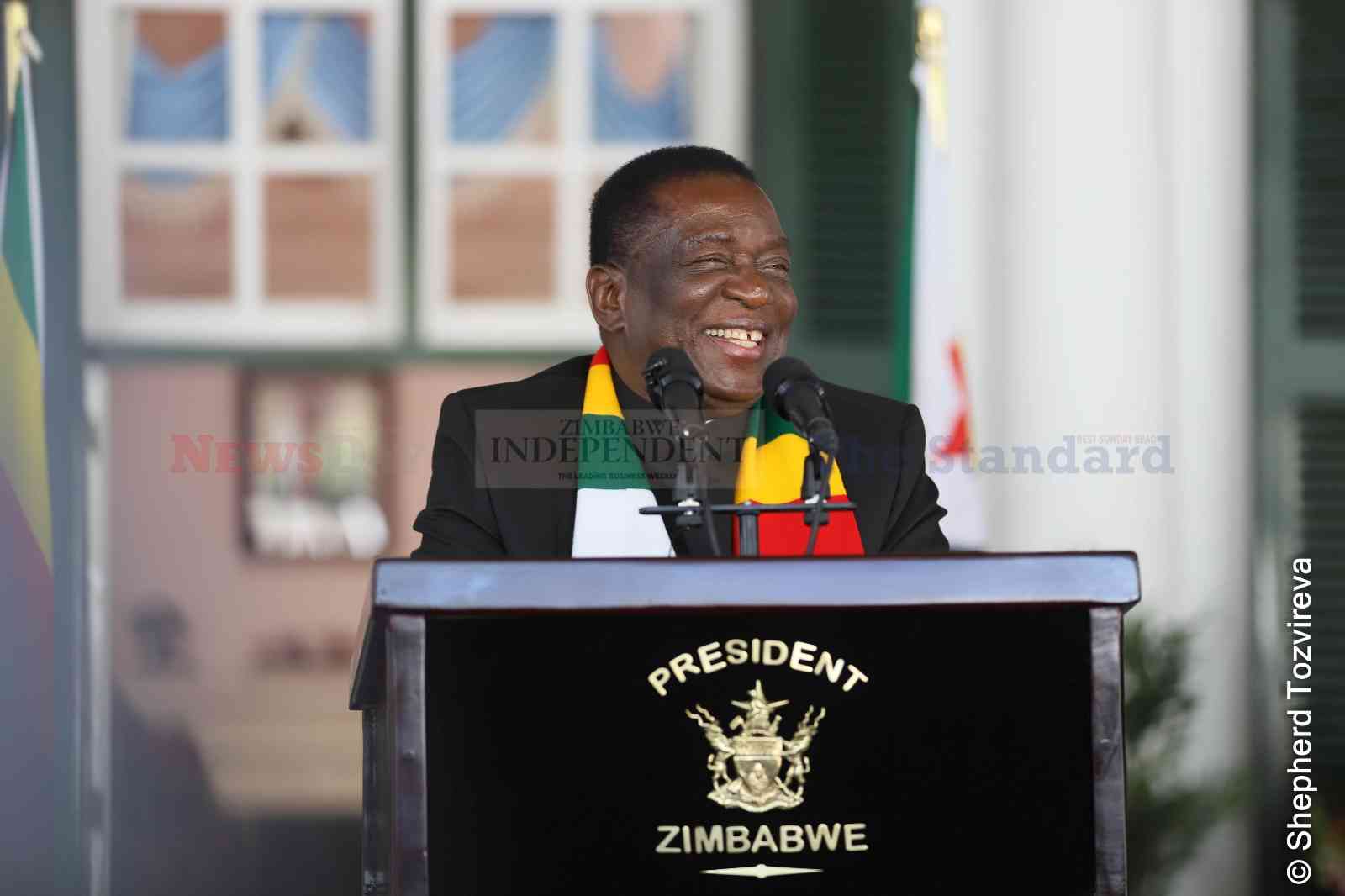
The election season is upon us and a lot of issues both new and old are beginning to emerge on the political agenda.
DEVELOP ME with Tapiwa Gomo
Today, I wish to discuss the long drawn argument that certain areas are underdevelopment or neglected because they are dominated by one tribe. I am alive to the sensitivities around this topic, but there is indeed demand to demystify some perceptions.
Most of those who advance the argument that certain regions are underdeveloped do so on the basis that political power and resource allocation decisions are controlled in Harare which is in Mashonaland and, therefore, development favours areas in that proximity.
There is merit in the assertion that Matabeleland has lagged behind in terms of development. The porosity of the argument, however, lies in that it tends to compare Bulawayo and Harare. I am not convinced that if we compare the Greater Matabeleland with other provinces such as Mashonaland Central and East even Midlands, the same argument would hold water. It is safe to say the entire country in general has been neglected since independence.
How did Harare become the centre of everything and not Bulawayo, Mutare, Gweru, Bindura or Chinhoyi?
What could have been done to address this situation which has denied equitable distribution of development?
History tells us that the capital city of the Great Zimbabwe Kingdom was historically in Masvingo at the ruins with the second largest city, Mapungubwe (literally translates to eagle stone or the Zimbabwe bird) in South Africa at the border with modern day Botswana and Zimbabwe.
- Chamisa under fire over US$120K donation
- Mavhunga puts DeMbare into Chibuku quarterfinals
- Pension funds bet on Cabora Bassa oilfields
- Councils defy govt fire tender directive
Keep Reading
All commercial activities were centralised in these areas at the time. By the time Cecil John Rhodes’s Pioneer Column embarked on the Great North trek, dynamics in these historical centres had changed significantly.
Cecil John Rhodes’ mission, which marked the colonisation of Zimbabwe, was to secure Matabeleland and Mashonaland before the Germans, Portuguese or Boers did, which gave him the power to establish an administration and exploit the minerals and the fertile soils in the surrounding areas of Mt Hampden before deciding to shift to Harare which became the central hub of all commercial activities.
The Pioneer Column’s foot print has remained indelible and is the architecture that configured how development and economic activities are centralised in certain areas, and neglecting others including feeding into the tribal debate on how development is perceived to be skewed towards one tribe.
Of particular note here is that colonisation was not about developing and providing social services to locals, but to facilitate the exploitation of natural resources.
Consequently, infrastructure development such as roads, power supply, telecommunication etc and social service institutions such as schools, clinics, etc were concentrated in those areas where mining, farming and other commercial activities were happening.
Once again, these were not meant for locals. This meant that areas that did not have minerals, fertile soils or any pull factor for colonial commercial activities were consequently neglected and, therefore, underdeveloped, as Harare became the commercial centre for all economic activities not only for Zimbabwe, but Malawi and Zambia.
This is a century old architecture under which our development or economy operated. It is not only Bulawayo that suffered, but Gweru, Bindura, Chinhoyi, Mutare, Masvingo etc including Lusaka, Blantyre and Lilongwe as these were raw material and human resources feeders to the central economic hub in Harare.
Now 33 years after independence, one third of the time the country was under colonial rule, can we justifiably use the colonial excuse to explain why certain areas remain underdeveloped?
Responding to this question is certainly complicated for a number of reasons. Among the key reasons is that what has become to be considered as development tends to lean so much towards, and enslaved by economic activities which are driven by profit motives.
This is even complicated by the fact that today’s investors have little interest in investing in infra-structure development and this is not a geographical or tribal reason, but commercial.
Conversely, if the Pioneer Column decided not to build on the remnants of the Great Zimbabwe and the Mapungubwe capital centres, why can’t the post-colonial Zimbabwe do the same and discard the marginalising architecture left behind by the colonial regime and establish a new way of ensuring development is equitably distributed? As noted earlier, colonialism was a self-servicing venture. It created infrastructure for itself.
But today, dynamics have shifted. Investors expect governments and local authorities to facilitate and provide infrastructure development before they can invest.
Perhaps the people of Matabeleland have a point. The renovation of Bulawayo’s Joshua Mqabuko Nkomo Airport has been on-going for a decade; the Matabeleland Zambezi Water and the Gwayi-Shangani Dam projects have gathered dust; the Bulawayo-Nkayi and Bulawayo-Kezi road projects have been forgotten.
The list is too long to mention. But at least Matebeleland is on the agenda. The same cannot be said of Mashonaland Central, Manicaland the diamond-producing region, Masvingo, the historical capital of the country or Murewa.
Hence I said it is safer to say, the entire country has been neglected.











